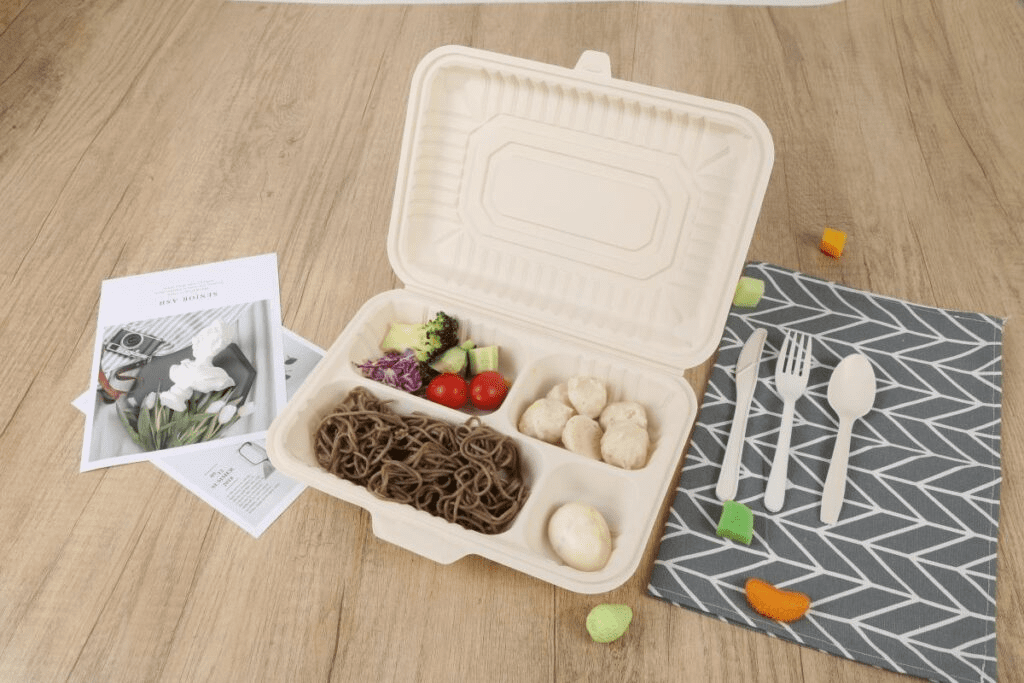In this day and age, being environmentally conscious is not just a trend, but a necessity. Eco-friendly tableware represents an important step towards sustainable living. This paper explores the development of innovative eco-friendly methods and materials, their implications for public policy, and the cultural shift toward sustainable dining practices.

Material innovations for eco-friendly tableware
Because of the quest for sustainable alternatives to traditional tableware materials, many innovative solutions have emerged. Materials such as bamboo, straw, sugar cane fibers and biodegradable plastics are at the forefront of this revolution. These materials are environmentally friendly and offer unique aesthetic and functional qualities.
Bamboo is fast becoming a popular material for eco-friendly tableware. It's a sustainable choice because it grows quickly and thrives without pesticides. Bamboo tableware is durable, lightweight, and naturally antibacterial, making it ideal for home and commercial use.
Bioplastics are emerging as a viable alternative to traditional plastics and are made from natural materials such as corn starch. These biodegradable plastics break down faster than traditional plastics and have a significantly lower carbon footprint. Products made from bioplastics are strong, durable and versatile, and are suitable for a wide range of tableware.
Legislation and incentives
Many countries have legislated to reduce the use of single-use plastics, including traditional plastic tableware. These laws often incentivize businesses and consumers to switch to environmentally friendly options. Governments have promoted this shift through subsidies, tax breaks and grants.
These policies greatly influence consumer behavior and drive a shift to more sustainable food and beverage practices. They also encourage industry innovation as manufacturers seek to develop new materials and products that comply with environmental regulations.
Cultural and social dimensions of eco-friendly tableware
The shift towards eco-friendly tableware is not just a matter of environmental responsibility; it also reflects broader social and cultural changes. This trend towards sustainability is reshaping the way society views catering and eco-management.
The role of technology in environmentally friendly tableware
Technological advances are playing a pivotal role in the development of eco-friendly tableware. From manufacturing processes to new material innovations, technology is driving the development of sustainable catering solutions.
Impact on the industry
These technological advances benefit not only the environment but also the tableware industry. They drive innovation, reduce production costs and create new market opportunities. As technology evolves, we look forward to seeing more exciting developments in eco-friendly tableware. Last month, Microfabrication Workshop signed a 10 million dollar cooperation order with Hengxin Life, and PHA, a new material with great potential for growth, has taken an important step forward in the restaurant market.
Conclusion: embracing a sustainable future
Moving towards eco-friendly tableware is more than a trend; it is a necessary shift towards a more sustainable future. By embracing innovation in materials, design and technology, and recognizing the importance of cultural and educational factors, we can greatly impact our environment. Eco-friendly tableware is more than just something we eat with; it's a conscious choice for the planet and future generations.

